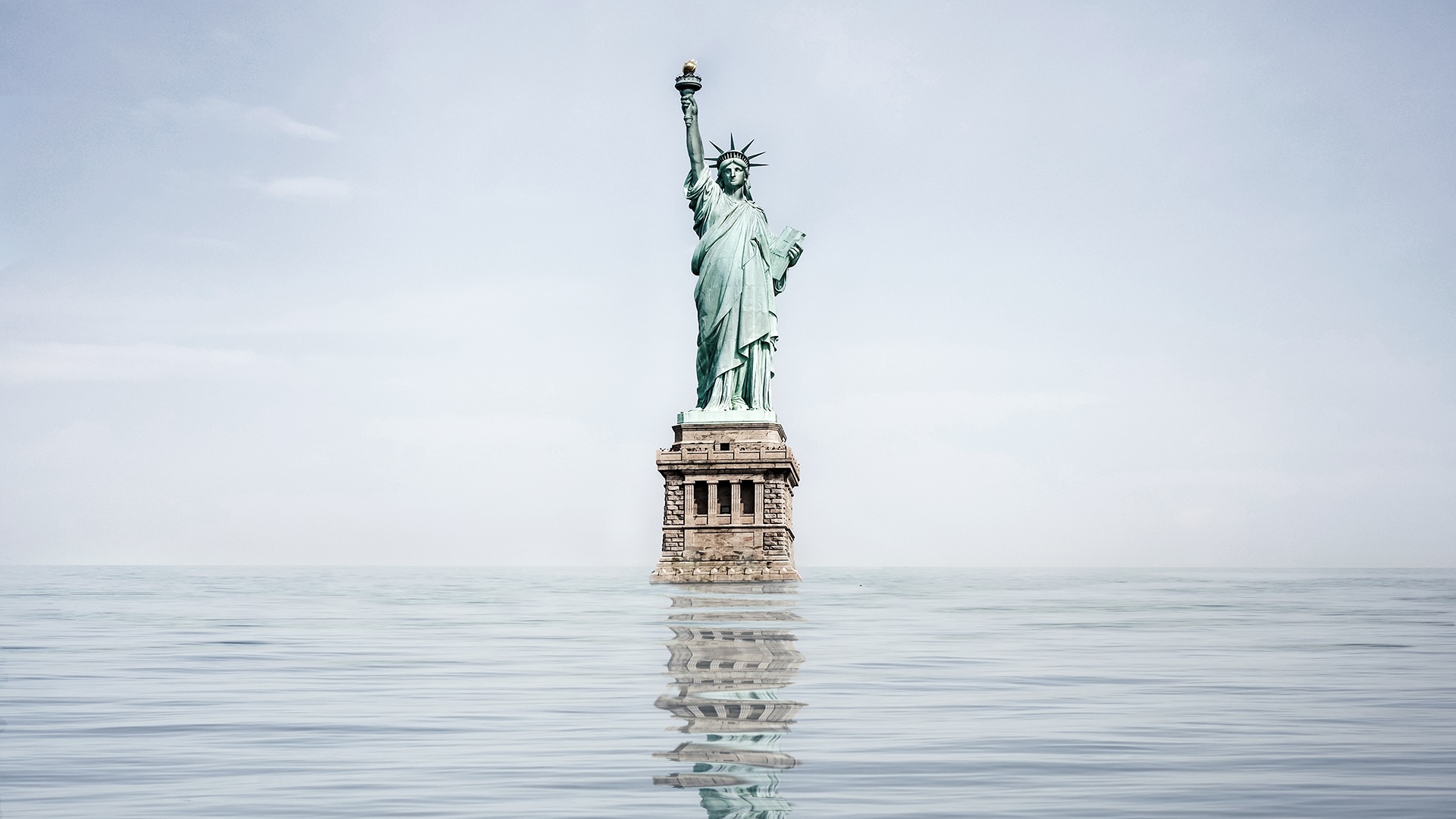
"By mid-century, flooding like this could become routine, with predictions of sea-level rises of up to 2.5 feet by the 2050s, emphasizing urgent action."
"New evidence from Earth's past indicates that past interglacial periods suggest the projections for sea-level rise today may be conservative compared to what could come."
"The Last Interglacial period, marked by temperatures 1.8 to 3.6 degrees Fahrenheit higher than preindustrial levels, can guide expectations for future climate scenarios."
"Recent findings on the Laurentide Ice Sheet challenge longstanding beliefs, suggesting that the ice cap's persistence could drastically influence our understanding of future sea-level changes."
Superstorm Sandy, which struck New York City in 2012, serves as a concerning foreshadowing of future flooding risks due to climate change. Projections indicate significant sea-level rises, potentially reaching up to 9.5 feet by 2100. Recent research on past interglacial periods reveals that current predictions for sea-level rise may even be conservative. It appears that the Laurentide Ice Sheet may have persisted longer than previously thought, which alters expectations about how resilient our planet could be in the face of rising temperatures.
Read at Live Science
Unable to calculate read time
Collection
[
|
...
]